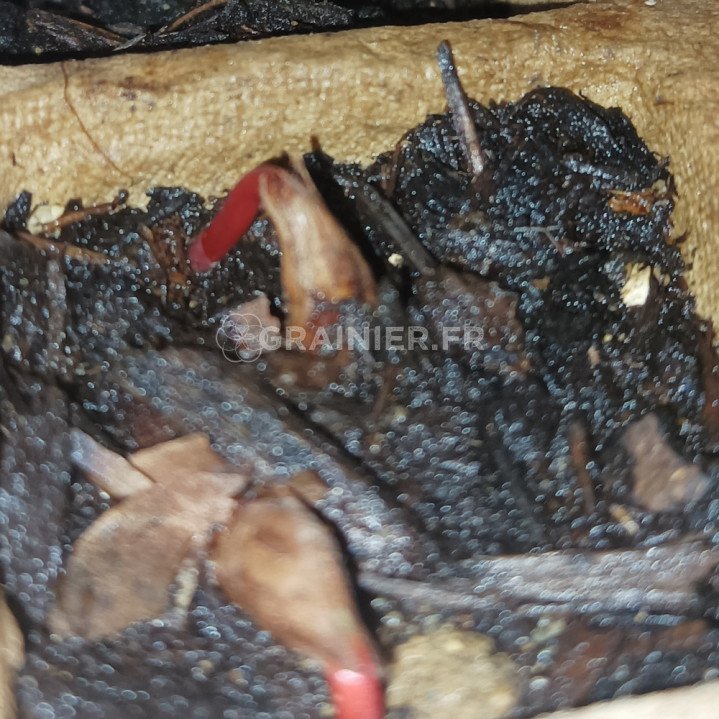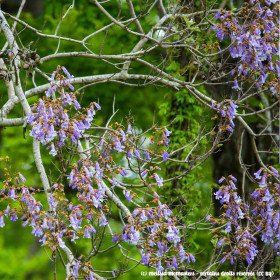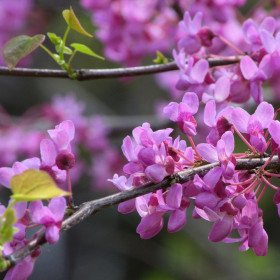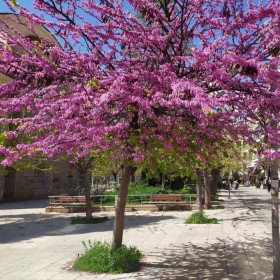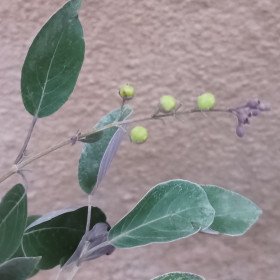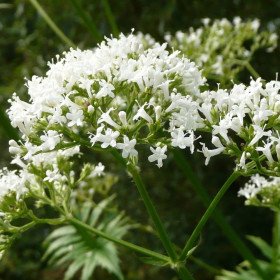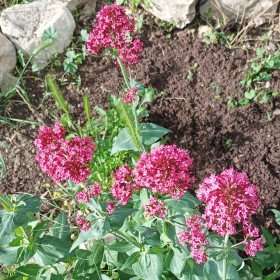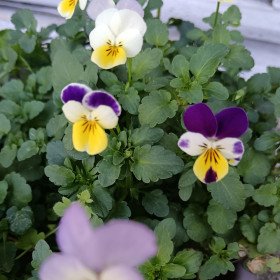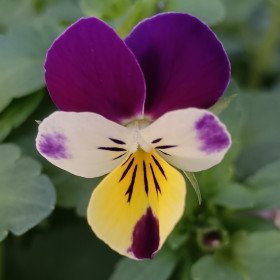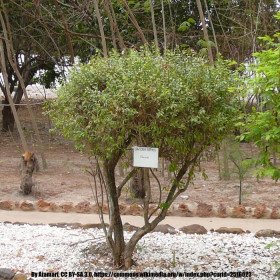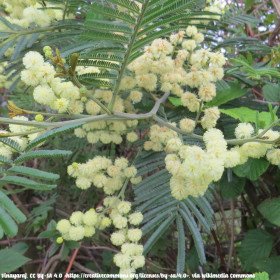5 Graines Cèdre du Liban, Cedrus libani
5 Graines Cèdre du Liban, Cedrus libani
- Modèle : 5 Graines Cèdre du Liban, Cedrus libani
- Disponibilité : 4
- 1,50€
Cèdre du Liban, Cèdre du mont Liban, Cedrus libani |
Le Cedrus libani, également connu sous le nom de cèdre du Liban, est un majestueux arbre à feuilles persistantes appartenant à la famille des Pinacées.
5 Graines
stratification à froid 2 mois avant semis, temperature idéale de semis 16 °C
Nom du Produit : Graines de Cèdre du Liban (Cedrus libani)
Description :
Les graines de Cèdre du Liban, également connu sous le nom scientifique Cedrus libani, sont idéales pour les amateurs de jardinage et les passionnés de nature cherchant à cultiver un symbole de majesté et de résilience. Originaire des montagnes du Liban et des régions avoisinantes du Moyen-Orient, cet arbre à feuillage persistant est réputé pour sa stature imposante, son feuillage bleu-vert argenté et son bois précieux. Le Cèdre du Liban est une espèce emblématique avec une histoire riche et une signification culturelle profonde.Caractéristiques :
- Type : Arbre à feuillage persistant
- Nom botanique : Cedrus libani
- Origine : Montagnes du Liban, Moyen-Orient
- Hauteur : Peut atteindre 25 à 40 mètres à maturité
- Fleurs : Cones mâles et femelles sur le même arbre, souvent insignifiantes
- Feuillage : Aiguilles persistantes, bleu-vert à argenté, douces au toucher
Conditions de Croissance :
- Climat : Tempéré à montagnard
- Exposition au soleil : Plein soleil
- Type de sol : Bien drainé, fertile
- Arrosage : Modéré, tolérant à la sécheresse une fois établi
- Entretien : Taille légère pour la forme et la santé de l'arbre, enlever les branches mortes ou endommagées
Instructions de Semis :
- Période de Semis : Au printemps, lorsque tout risque de gel est passé.
- Préparation du Sol : Préparer un sol bien drainé et fertile.
- Profondeur de Semis : Enfouir les graines à environ 1 à 2 cm de profondeur dans le sol.
- Espacement : Espacer les graines d'environ 10 à 15 cm les unes des autres.
- Arrosage : Maintenir le sol humide mais pas détrempé jusqu'à la germination.
- Soins Post-Plantation : Protéger les jeunes plants des vents forts et des gelées tardives.
Utilisations :
- Ornemental : Idéal comme arbre d'ombrage dans les grands jardins et parcs.
- Bois : Le bois de Cèdre du Liban est précieux et utilisé dans la construction, la menuiserie et la sculpture.
- Symbolique : Symbole national du Liban, représentant la force et la pérennité.
Avertissement :
Les graines de Cèdre du Liban nécessitent une stratification froide pour améliorer la germination. Assurez-vous de suivre attentivement les instructions de semis pour obtenir les meilleurs résultats avec cette espèce emblématique.
Etiquettes : cedre, liban, mont, cedrus, libani, GRAINES DE FLEURS & ARBRES Cèdre du Liban, Cèdre du mont Liban, Cedrus libani, Exotiques & Rares Cèdre du Liban, Cèdre du mont Liban, Cedrus libani, Arbres & Bonsaï Cèdre du Liban, Cèdre du mont Liban, Cedrus libani, Cèdre du Liban, Cèdre du mont Liban, Cedrus libani GRAINES DE FLEURS & ARBRES, Cèdre du Liban, Cèdre du mont Liban, Cedrus libani Exotiques & Rares, Cèdre du Liban, Cèdre du mont Liban, Cedrus libani Arbres & Bonsaï








